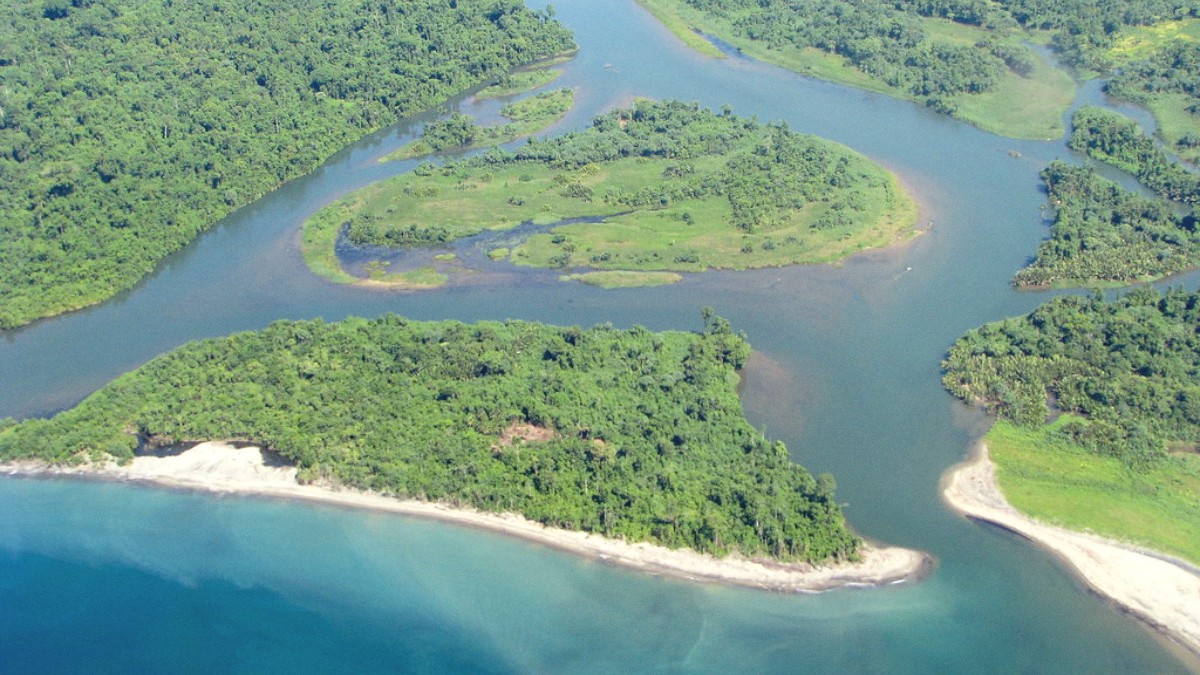
Island Provinces, Papua New Guinea
Mount Tavurvur, an active stratovolcano near Rabaul, is known for frequent, relatively small eruptions. It devastated Rabaul in 1994. Visitors view it from a safe distance or, with a local guide, hike towards its base, always adhering to exclusion zones. It delivers a dramatic and unique landscape formed by ongoing geological processes.
Access is best via a guided tour from Kokopo or Rabaul. Local guides are helpful for safety and navigation. No official entry fee applies, but guide fees are customary. Go early in the morning for cooler temperatures and clearer views. Wear sturdy shoes and bring water. Volcanic ash can be present; consider a Dust mask for comfort.
Special exhibits and programming are not common offerings.
The extensive network of Japanese tunnels, bunkers, and gun emplacements around Rabaul is a physical testament to the island's military heritage.
Remnants of former colonial infrastructure also exist.
Houses artifacts from WWII and local cultural items, offering historical context.
While known for diving, its location also has historical links to WWII naval activities.
Numerous WWII memorials provide sites of remembrance and historical reflection.
Beyond the volcanoes, New Britain presents diverse natural beauty.
This site offers panoramic views of the actively volcanic Rabaul caldera and Simpson Harbour. It combines historical significance with natural beauty.
Provides excellent views of the volcanoes and harbor. It also serves as a scientific monitoring station.
Several hot springs, like thermal springs near Rabaul and Garu Hot Springs in West New Britain, exist. Various waterfalls also dot the landscape.
Kimbe Bay is the premier location for marine life viewing. Terrestrial wildlife viewing is not a main tourist activity.
The island highlights active volcanoes, dramatic caldera landscapes, and natural hot springs, all reflecting its dynamic geology.
Many quiet, uncrowded beaches stretch along the coastline. Some resorts offer private beach access. Lake Dakataua (West New Britain), though less visited by tourists, offers unique scenery and a serene environment.
No formal national parks or botanical gardens exist on New Britain. The natural landscape itself, encompassing volcanoes, reefs, and rainforest, serves as the main attraction.
Kimbe Bay is the premier location for marine life viewing. Terrestrial wildlife viewing is not a main tourist activity.
For volcanic views around Rabaul, early morning can offer clearer skies and fewer visitors. Kimbe Bay dive sites are generally well-managed by resorts, meaning overcrowding on specific dive spots is rare.
New Britain's history is etched into its landscape, especially its wartime heritage.
Venture beyond the main sites to discover New Britain's less-explored treasures.
These create distinct visual memories of New Britain.
Explore unique natural and cultural sites away from the typical tourist routes.
Discover pristine islands and authentic village life.
Experience authentic local life away from mainstream tourism.
Discover the potential of community-based tourism initiatives.
Discover serene landscapes and unique geological formations.
These natural hot springs nestle in the rainforest, an unique, rustic experience. They need local transport and guidance to reach.
This large caldera lake, though less visited by tourists, offers unique scenery and a serene environment.
Terrestrial wildlife viewing is not a main tourist activity or readily accessible. Focus on marine life instead.
When visiting volcanic areas, volcanic ash can be present; consider a Dust mask for comfort.
Find Dust MasksTo protect the delicate marine ecosystem, consider using a Reef-safe sunscreen when in Kimbe Bay.
Shop Reef-Safe SunscreenExploration of WWII relics and volcanic sites works best with a local guide who possesses knowledge of the history and locations.
Hours for historical sites and museums vary, so confirm before visiting to avoid disappointment.
When hiking or exploring volcanic terrain, wear sturdy shoes for safety and comfort.
New Britain's museums give glimpses into its wartime past and local heritage.
Cultural centers and performance venues are not typical. Cultural performances are usually arranged through tour operators.
Always hire local guides for exploration, especially in remote areas or sensitive historical sites. They support safety and enrich your experience with local knowledge.
Respect local customs and traditions when visiting villages or cultural sites. Obtain permission before taking photographs of people.
New Britain’s history is etched into its landscape, especially its wartime heritage, alongside diverse natural beauty.
Old Rabaul town, despite extensive destruction, still holds some remnants of colonial-era buildings and maintains the layout of the former town.
The extensive network of Japanese tunnels, bunkers, and gun emplacements around Rabaul is a physical testament to the island's military heritage.
No formal national parks or botanical gardens exist on New Britain. The natural landscape itself serves as the main attraction.
The island showcases its dynamic geology through these features.
New Britain offers quiet coastal areas and unique inland water bodies.
These spots are perfect for relaxation and enjoying the natural surroundings.
Numerous WWII memorials and Japanese surrender sites dot the area around Rabaul.
These sites are important for reflection and understanding the island's past.
Art galleries and exhibition spaces are very limited, mainly consisting of local craft shops selling artisan goods.
Special exhibits and programming are not common offerings within the museums.
No prominent archaeological ruins are developed for tourism on New Britain.